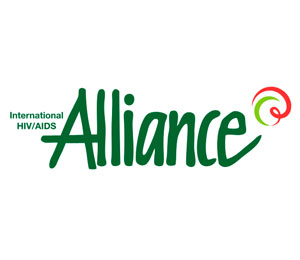
Sourced from: http://www.aidsresearch.org
HIV or the human immunodeficiency virus, is a viral disease that weakens the immune defences by destroying a certain group of white blood cells, called CD4 (T-cell) lymphocytes, which normally fight against bacteria, viruses and other germs. When these cells are destroyed the body becomes vulnerable to many different types of infections – these infections have been called opportunistic infections as they have an opportunity to invade the body when the immune defences are weak.
HIV infection not only makes the body vulnerable to certain infections it also increases the victims risk of particular cancers, illnesses of the brain (neurological) and nerves, body wasting and death.

Sourced from: http://www.unfpa.org
‘The entire spectrum of symptoms and illnesses that can happen when HIV infection significantly depletes the body’s immune defences is called acquired immunodeficiency syndrome or AIDS’ (Harvard Health Decision Guides). AIDS is the life threatening stage of the HIV infection.
The virus is spread through contact with an infected person’s body fluids, especially through blood, semen and vaginal fluids. The most common transition of the virus is through sexual activity, another is through drug usage/use of a syringe and another being passed on from mother to child; if the mother was infected with HIV during pregnancy, birth, or breast feeding there is a chance the child will have the HIV virus.
‘Within the past two decades, about 60 million people worldwide have become infected with HIV. More than 20 million have died. More than 90% of these people live in developing countries. In some parts of Africa, more than half of adult deaths are caused by HIV infection, leaving millions of children orphaned after their parents died of AIDS’ (Harvard Health Decision Guides).
The first symptoms of the HIV infection that appear are as follows:
- Enlarged lymph glands
- Flu-like symptoms
Other symptoms that may later transpire include:
- Fatigue
- Fever
- Loss of appetite
- Loss of weight
- Diarrhea
- Yeast infections affecting the mouth and vagina
- Night sweats
These symptoms may disappear a few months after infection. Severe symptoms may not emerge for many months or even years.
The international HIV/AIDS alliance is a global partnership of 41 nationally based, independent civil society organisations and Country Offices, seven Technical Support Hubs and an International Secretariat that work together to mobilise communities against HIV and AIDS.

Sourced from: http://www.aidsalliance.org/
To find out more about the alliance or donate to their cause click here to check out their website.
If you would prefer to keep it local, there is also AIDS Trust of Australia which raises funds on a national basis and distributes them to state, regional and community organisations whose members deliver awareness, education, prevention, support, care and social research programs relating to HIV/AIDS.
If you would like to contribute to the Aids trust of Australia cause click here.